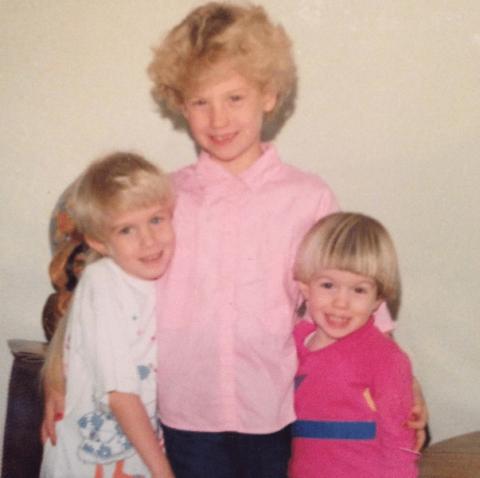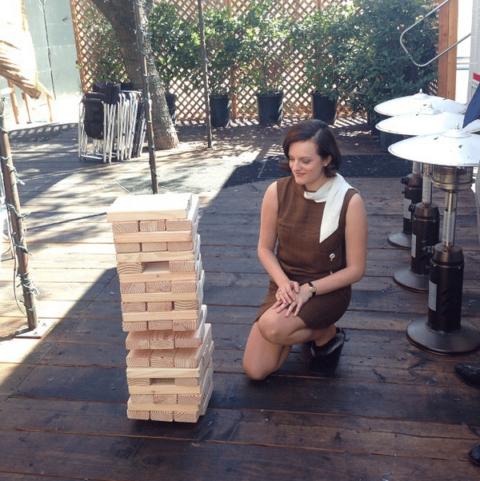Stars, they’re just like us: Why celebrity #TBTs are the ultimate equalizers
The purpose of #TBT is simple: to laugh at yourself before anybody can laugh at you. (Or to humblebrag about how great last week was—even though that defeats the goal entirely.)
But what makes the onslaught of our own high school prom and/or bar photos even better is how enthusiastic pop culture’s biggest and brightest have embraced their pasts. Just this week, Nicki Minaj relived her years of pink hair, while Kim Kardashian posted previews of Selfish, her upcoming book (out on May 5th!) dedicated only to her own selfies (which span the late 2000s to the present day). And that’s fantastic. But even more fantastic is what this movement has done for big names: on top of humanizing celebrities (lest we forget Kim K’s bad luck with sunglasses tan lines), #TBT also allows celebrities to take control of their image, their narrative, and their legacy. It relays the idea that stars are really just like us.
The generation of celebrities that came before platforms like Instagram weren’t so lucky. High school yearbook photos were fair game for features in teen magazines, and to unearth one’s past was arguably to betray who they wanted to be seen as in present-day. Ten years ago, celebrities didn’t necessarily have control of their own images and also didn’t have control over how the public saw them—it was entirely up to third party photographers and media orchestrators, whose job it was to market images of our favourite celebrities as human (or as not human at all). I mean, imagine how differently we would’ve responded to Britney Spears had she used social media during her challenges in the late 2000s. Instead, we saw paparazzi shots of her shaving her head being recycled for entertainment as though she wasn’t a person.
This may explain the transparency of her Instagram account now (it’s wonderful), as well as the appeal of the transparency behind hashtags like #TBT in general, which allow stars to be honest about who they are and where they’ve come from. Over the last few weeks, Elisabeth Moss has posted old set photos from her days on Mad Men (leading up to the series finale), while Taylor Swift has relished in her book-happy, hustling past. Meanwhile, January Jones and Cara Delevingne have reminded us that we’re not alone in our bad childhood haircuts, and Rihanna re-introduced us to the person we first met her as. Sure, they’ve chosen to post the photos they want to share (which means that we’re seeing what they want us to), but their intention and willingness to post in general acts as an equalizer. After all, like us, these actors and musicians have undergone an evolution, and, also like us, they’ve actively chosen to participate in revisiting and acknowledging it. And unlike previously, they also get to laugh at themselves in the same way we do, by posting and sharing on their own terms, not on the paparazzi’s.
Now, instead of waiting for a feature of “found” photos in magazine feature, we know that the celebrities we like have also dyed and cut their hair questionably, they’ve also made duck faces in nightclubs, and they’ve also taken awkward school photos. Tabloid magazines may have been the first to claim that stars were like us, but frankly, it wasn’t until #TBT (and Instagram in general) that we started to believe them.
After all, nothing unites the masses like memories of bad haircuts.
The post Stars, they’re just like us: Why celebrity #TBTs are the ultimate equalizers appeared first on FASHION Magazine.







